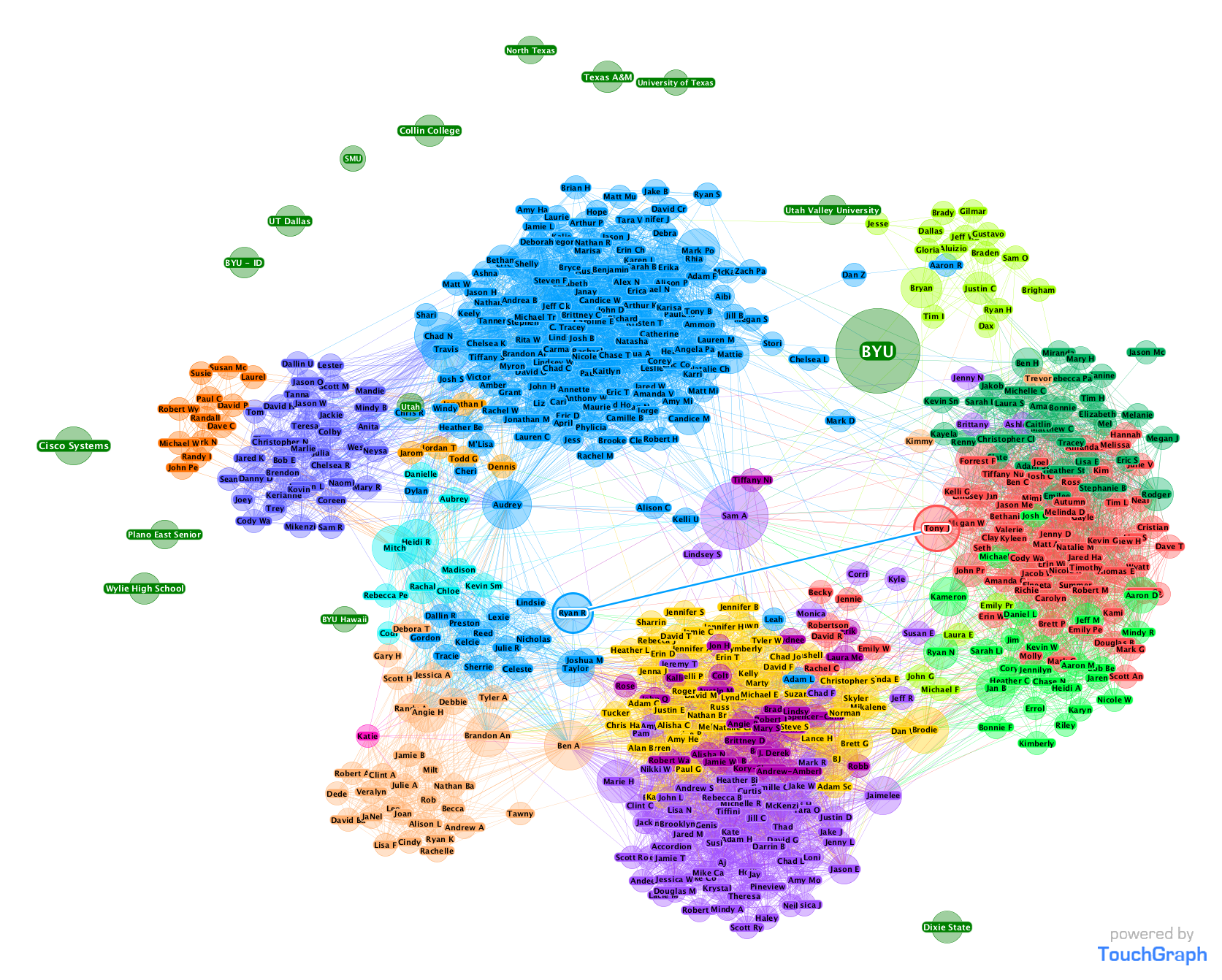A while back, I watched a 60 minutes episode and was really impressed with two of the pieces.
First, the piece on John Boehner turned him from a stoic, orange, minority leading, whiner, into a real human being. I have to say, I was really impressed with his story of truly coming up from nothing and becoming 3rd in line to being the President of the US. The blubbering got a little distracting – but I can empathize with a man who wears his emotions on his sleeve. It really is impressive to see someone who worked his way through college cleaning toilets become Speaker of the House. That is the story of America: anyone can become anything with enough work and luck.
I was a little turned off by his refusal to say the word “compromise.” Leslie Stahl really tried hard to get him to say the word, and finally he basically said that his new constituents have assigned the word a negative connotation. That is the definition of the sad state of politics in our nation, it’s not popular to compromise. You have to WIN. It has to be YOUR WAY or the HIGHWAY – or just stall long enough until you can pin enough negative things on the majority party and get back into power so they can then pull the same crappy tricks on you.
But — the most surprising tidbit of good advice for politicians everywhere actually came from a later interview in the same program with Presidente Lula of Brazil. He was first elected when I was in Brazil in 2000 on my mission, and he was a wildly successful politician and president. He said something that was most memorable in this broadcast:
It’s about 5:19.
“Success of an elected official is the art of doing the obvious. It is doing what everyone knows need to be done.”
I wish our politicians would subscribe to this statement a bit more. Rather than being power brokers, money grubbers, yarn spinners, and issue chameleons, why can’t we just get together and do the obvious stuff. We can solve fiscal problems by cutting spending and raising taxes. We can become more energy independent by drilling for oil here at home AND investing heavily in researching alternative fuels. Etc etc etc. Our solutions are in front of us, and we just need someone to be more comfortable with doing the obvious rather than who is up and who is down, who won last and what you can get for your vote.


